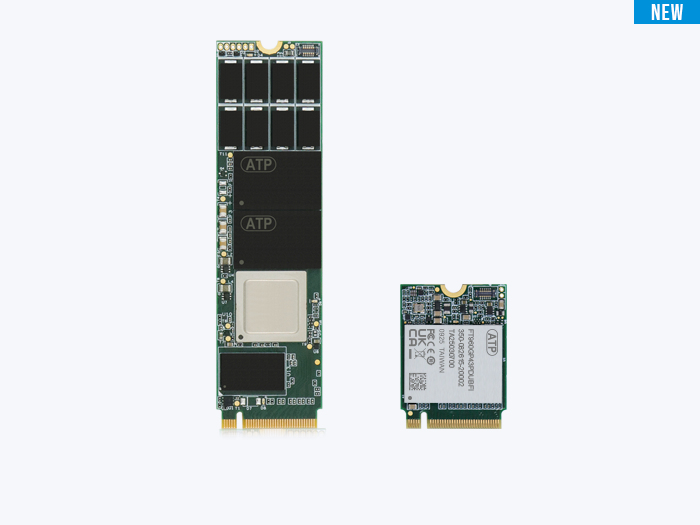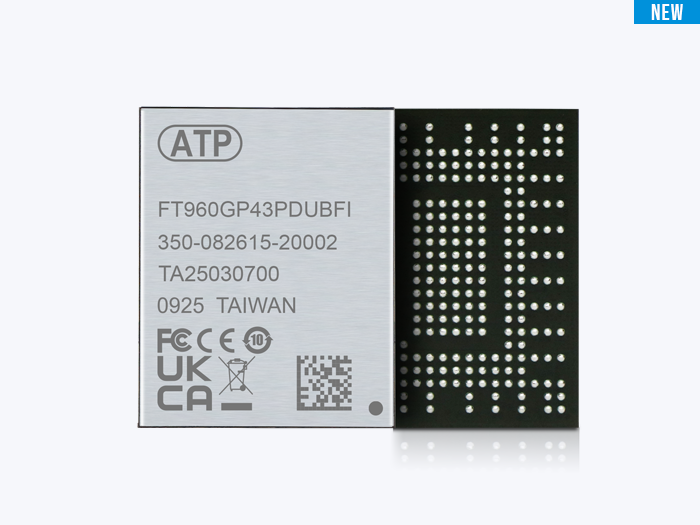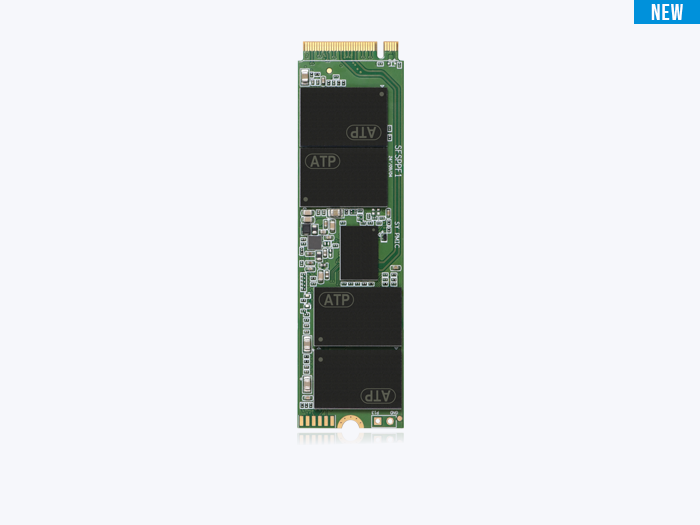Fast responsiveness in industrial and embedded applications is very important. For some applications, even milliseconds can make a huge difference, and the performance of your solid state drive (SSD) can either elevate your operations or cause a bottleneck.
Performance, however, is not just about speed or raw specifications. How does your SSD handle the rigors and stresses of intense use over its lifespan?
In this article, we explore the different types of SSD cache, how they influence burst and sustained performance, and how choosing the right type of cache can make or break your embedded/industrial processes.
Burst vs. Sustained Performance: Implications for Embedded/Industrial Applications
Burst and sustained performance modes have distinct implications for embedded and industrial systems. Understanding the differences between these two is essential in helping select not only storage solutions, but also architecture, hardware, and software systems that match specific operational needs.
Burst Performance
This refers to short durations of high performance that exceed the normal operating baseline. In SSDs, burst capacity allows the storage to run faster than baseline speed during short periods, improving responsiveness during workloads. When large chunks of data are transferred at burst speeds, latency is reduced, and bandwidth efficiency is increased.
Burst performance is ideal for intermittent, sporadic, high-demand workloads requiring speedy responsiveness but do not require that these high levels be maintained continuously.
Sustained Performance
This refers to the SSD’s ability to maintain speed over extended periods and workloads. It is the steady, consistent ability of the SSD to perform reliably without degrading or exhausting resources.
Sustained performance is ideal in applications requiring continuous monitoring, control loops, real-time analytics, and process automation.
The following table summarizes the characteristics and ideal use cases for Burst and Sustained Performance.
| Performance Type | Characteristics | Use Case Samples |
|---|---|---|
| Burst | · Ideal for event-driven/ peak-load scenarios · Short, intense workload spikes · Intermittent high throughput, low latency |
· Traffic spikes on web servers · Burst data transfers on embedded sensors · Fast data movement on Direct Memory Access (DMA) bursts |
| Sustained | · Ideal for continuous, mission-critical processes · Constant stability over extended periods · Long duration processing or monitoring |
· Real-time predictive maintenance · Industrial automation · Continuous quality control · Supply chain management |
Not All Speed Specs Mean the Same Thing: The Role of the SSD Cache
On specification sheets, performance numbers and benchmarks all promise speed; however, in this precision-driven era, it will be wise to know that not all speeds are created equal. One SSD could deliver blazing-fast performance during quick, small loads and wane during prolonged loads.
An SSD cache is a storage layer within the SSD that temporarily stores data before it is flushed or written to the main NAND flash storage. The SSD cache is faster than the main storage, so it improves the overall SSD performance by buffering write operations and speeding up read operations.
Types of SSD Cache
The following table shows the different types of SSD cache and how each one affects performance.
1. DRAM Cache
A volatile memory chip (dynamic RAM) on the SSD stores the mapping table and temporarily stores the data before it is flushed to the main NAND flash storage.
| Pros | Cons | Performance Variation |
|---|---|---|
| · Offers very fast access times (~10–50 ns) and high capacity (typically 1 MB DRAM per 1 GB NAND) · Speeds up both read/write operations by caching frequently used data or metadata |
· Volatile—data is lost during sudden power loss events · Additional cost |
High sustained and burst performance |
NOTES:
· Some DRAM-less SSDs such as small-form-factor Heat Sink Ball Grid Array (HSBGA) and M.2 2230 offer Host Memory Buffer (HMB) support to mitigate performance penalties caused by the absence of an onboard DRAM cache.
· HMB allows the SSD to allocate a portion of the host system’s memory as cache, enabling DRAM-less SSDs to achieve performance closer to that of SSDs with dedicated DRAM cache.
· While HMB improves speed, its benefit is dependent on the host and operating system, and it is not universally supported or enabled.
2. SLC Cache
Uses a portion of the NAND configured to operate in SLC mode to simulate the faster, more durable SLC flash. There are two types of SLC cache.
| Static SLC Cache: Fixed size | Static SLC Cache: Fixed size | Static SLC Cache: Fixed size |
|---|---|---|
| Pros | Cons | Performance Variation |
| · Guaranteed consistent cache size · Fast writes, like SLC NAND |
· Fixed size · May wear out faster as the area is heavily used. |
High burst performance while cache space is available, but drops sharply when the cache is full |
| Dynamic SLC Cache: Size varies depending on available free space | ||
| · Flexible cache size · Distributes wear more evenly |
· Less predictable capacity · Performance may be inconsistent |
Good burst performance but since cache size depends on available space, the sustained speed may vary leading to unpredictability |
TLC Direct Write: Trades Speed for Cost and Consistency
Some SSDs, especially DRAM-less drives, write directly to the triple level cell (TLC) NAND without using any of the above methods. They offer lower cost and more consistent but slower speed.
| Pros | Cons | Performance Variation |
|---|---|---|
| · Lower cost · Simple architecture |
· No cache acceleration · Slower write speeds |
· Lower but consistent, steady sustained speed · Suitable for cost-sensitive cases without demanding workloads |
Your Speed and Performance Needs: WE BUILD WITH YOU
ATP Electronics recognizes that different applications have different performance requirements. As the foregoing sections show, performance variations may be addressed using the right SSD cache solutions, or maybe not at all.
ATP has the capability to configure SSDs for both burst/peak performance and sustained performance. Storage experts at ATP are available to assess the right solutions that will best serve the customer’s operations.
ATP Serial ATA (SATA) and PCIe NVMe drives leverage DRAM and Dynamic SLC cache to enhance performance and extend endurance. A wide range of DRAM-less solutions are also available. ATP solutions are robustly built to withstand extreme environments and industrial/embedded workloads over several years, and they combine a broad selection of ATP-built technologies for power loss protection, signal integrity optimization, error correction, and other reliability features.
Conclusion
SSD cache is a storage layer within an SSD that temporarily stores data before it is written to the slower main NAND flash storage. It improves overall performance by buffering up write operations and speeding up read operations.
In embedded and industrial applications, the SSD cache can help deliver optimal performance, whether in burst or sustained modes. Knowing the distinct implications of each performance mode for embedded and industrial applications is beneficial in helping select the right storage solutions, architecture, hardware, and software systems that match specific application needs.
For more information on ATP solutions to optimize SSD performance for specific application needs, visit the ATP website or contact an ATP Representative.


